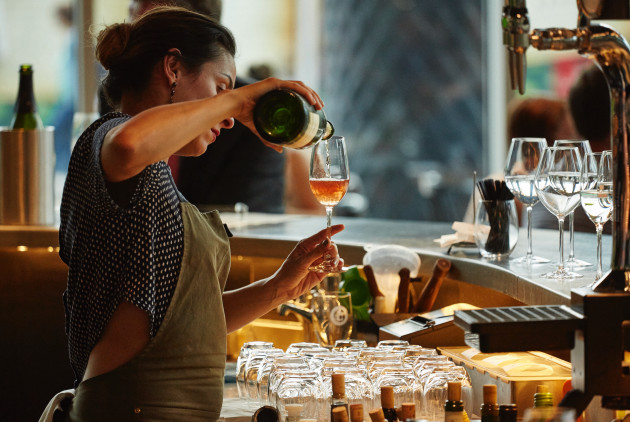
Trade finds no easy solution in glass sustainability debate
For the near future, at least, the glass wine bottle is here to stay, albeit with a re-evaluation of how it is used, with consumer perception being a major hurdle to change.
This was a central finding at a joint Harpers-North South Wines webinar entitled Sustainability of Glass: Consumer perceptions and buying habits, which was the first in a run of events allied to our recently launched Sustainability Charter.
Comprising Kim Wilson of North South Wines, Sarah Benson of the Co-Op, Virgin Wines’ Jessica Anderson and Rowena Curlewis of Denomination the panel agreed that while many viable alternatives are now making inroads on the packaging front, “glass remains hugely important from a wine trade perspective”.
The panel had no doubt as to the issues surrounding the production and shipping of glass, with Curlewis highlighting that in addition to transporting great weights of glass around the world, “glass factories use huge amounts of fossil fuels as energy sources”, with both being “problematic”.
However, as Benson said: “[Glass] is definitely the most understood packaging format from a customer perspective. It's uniform, it's inert, it doesn’t have the challenges of shorter life like wine in cans or bag in box, for example, and it's also very easy for customers to understand its recyclability.”
The issues with moving away from glass, suggested the panel, are two-fold. Consumers have at least a notion that much glass – around 70% – is recycled in the UK, compared with some estimates of plastic being below 10%, which is used in some form on much alternative packaging. And then with glass itself, even a move to lighter bottles has been made difficult because the trade has created the perception among consumers that a deep punt and thick bottle are aligned with the quality of the liquid inside.
“Things such as plastic bottles that are emerging now are still, both from a technical perspective and a customer perspective, very new and need a lot of selling to the customer base to get buy in,” added Benson.
Anderson agreed, saying that lower carbon alternatives are “something consumers say they want, but not what they actually do” when it comes to making purchasing decisions, meaning “these great new packaging formats don’t necessarily sell, which is really hard”.
Another stumbling block currently is that while the capacity in the UK for alternative formats such as bag-in-box, pouches and cans has fast grown, run rates are quite high, meaning that smaller production and potentially higher quality wines – of the type that can help shift consumer perception – can be costly and/or prohibitively voluminous. And, for wineries that insist on bottling at source, installing alternative packaging equipment is a non-starter for all but the most financially well-endowed.
All agreed that much work needed to be done collectively by the trade to educate consumers as to the benefits of both lighter glass, and alternatives. Part of the problem identified, though, is that there is no clear-cut message in the sense that while alternative packaging does typically have a far lower carbon footprint it still has an environmental impact and the issue with use of plastic – now seen as public enemy No. 1.
For Benson, a “sort of traffic light system for all packaging types”, allowing consumers to rank differing types of packaging according to carbon footprint and recyclability, could be an answer, but this would be incredibly difficult and costly to implement.
Despite all these challenges, Wilson remained upbeat about glass’s future, saying that “glass is here to stay… it’s about making glass better”.
She highlighted how UK in-market bottlers are increasingly using renewable energy, and ways in which shipping and logistics providers are also looking for green solutions along the transportation chain.
Wilson proposed that glass bottles for wine could be standardised, both levelling the playing field for lighter bottles in terms of quality perception, and also allowing for greater re-use, rather carbon-producing recycling, in the future.
With regard to alternative packaging and wines shipped in bulk to be bottled in-market (a big carbon plus), Wilson suggested that the trade should communicate that “these are ways of getting more premium products across to customers that can be sold at a slightly cheaper price, because of the way that [the wine] is transported and packed”.
“There's a lot that we need to do as producers, as shareholders, as distributors and supermarkets, we all need to get together and that's the only way we're going to win through,” concluded Wilson.
Keywords:
- packaging
- Denomination
- Co-op
- alternative
- North South Wines
- Sustainability
- bottle
- panel
- carbon footprint
- Bag in box
- glass
- Kim Wilson
- virgin wines
- can
- Rowena Curlewis
- Sarah Benson
- Jessica Anderson




